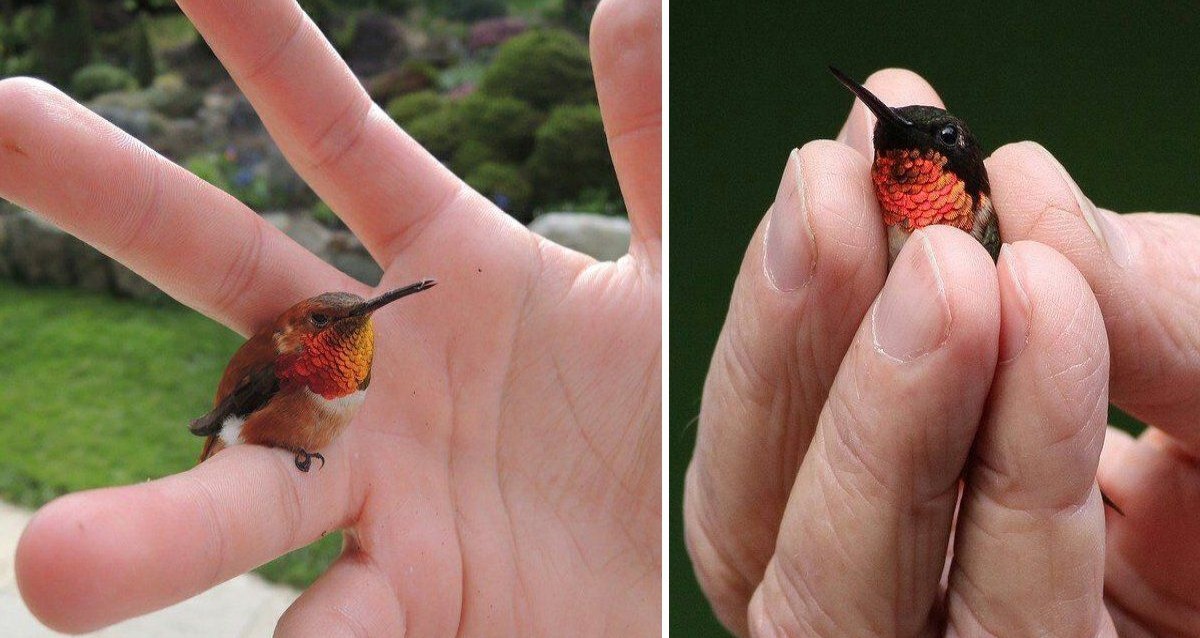
The hummingbirds discussed in this passage are commonly found along the West Coast of the United States, including Alaska during the summer. However, it should be noted that the bee hummingbird, which is slightly smaller, lacks the vibrant coloring of its West Coast counterparts and is only found in Cuba. This remarkable bird is one of nature’s smallest and most impressive evolutionary wonders, measuring just 5-6 cm in length and weighing less than 2g – about the size of a bee.

The stunning iridescent feathers of hummingbirds are what sets them apart from bees. Their flight resembles that of a flying diamond, making them truly breathtaking to witness. If given the opportunity to observe these magnificent creatures, it should not be missed.
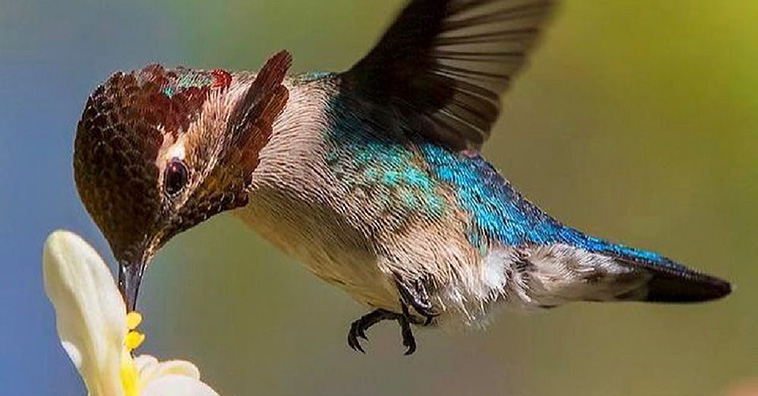
During the breeding season, which typically starts in March, male birds exhibit bright green bodies with striking red necks. In contrast, females have blue plumage and a black underbelly and neck. Male birds appear to radiate a vibrant pinkish-red hue from their head to their throat as they perform aerial displays and sing in attempts to attract their female counterparts.
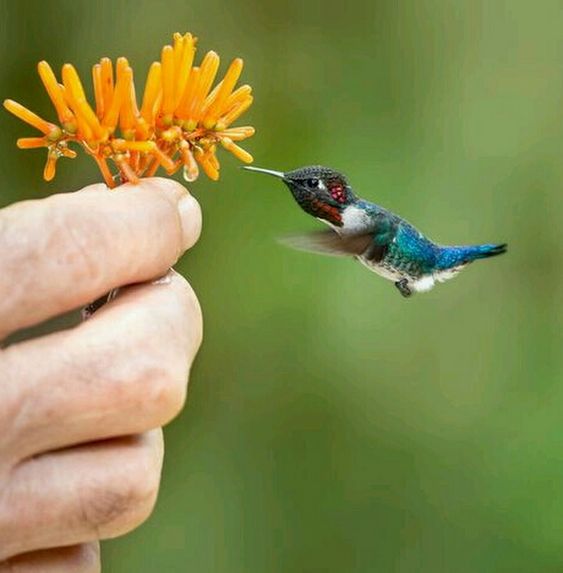
The eggs of these birds are tiny – only about an inch long, roughly the size of a coffee bean! Despite this, their mother’s stunning feathers are so eye-catching that she won’t let the father bird near the eggs for fear that predators will notice her beautiful plumage.
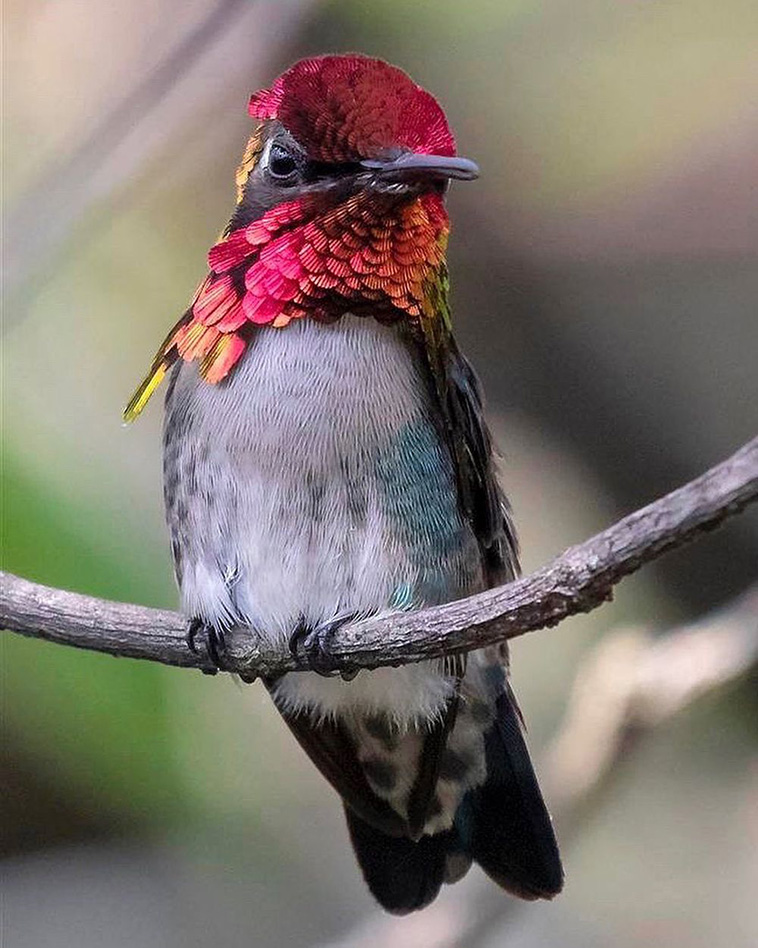
Similar to other types of hummingbirds, bee hummingbirds mainly consume nectar as their primary food source. They may also occasionally eat insects and spiders. These tiny birds visit approximately 1,500 flowers per day, which aids in promoting plant reproduction and benefits the ecosystem. Unlike other hummingbird species, bee hummingbirds do not migrate from their native Cuba and are comfortable living in subtropical temperatures.
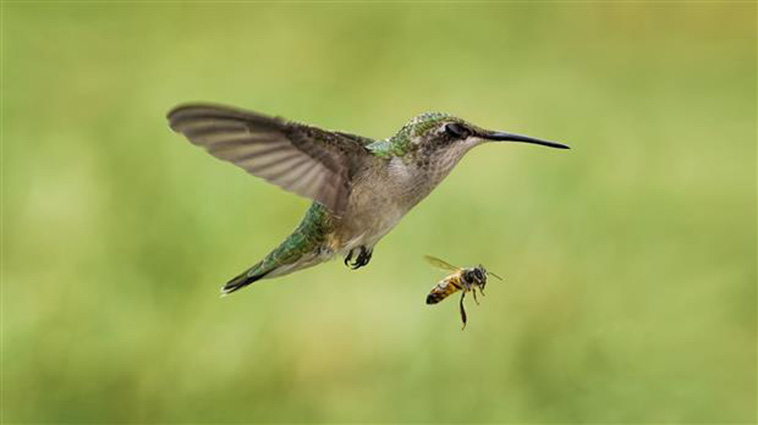
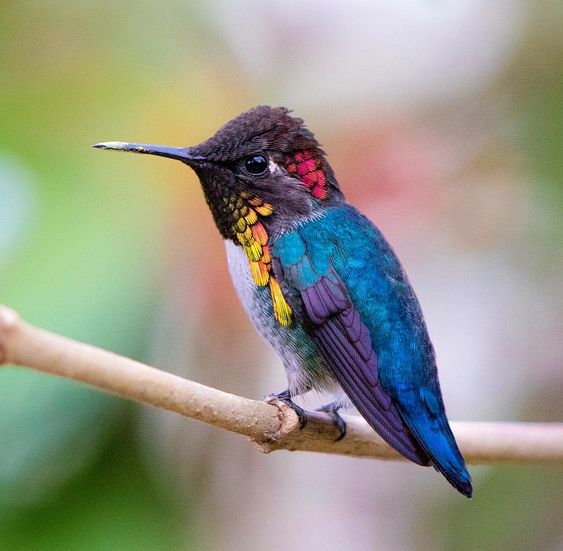
Currently, the bee hummingbird is classified as endangered, indicating a decline in its population. It is truly unfortunate for this beautiful bird. Let’s join hands and take action to safeguard the environment for these magnificent creatures.
